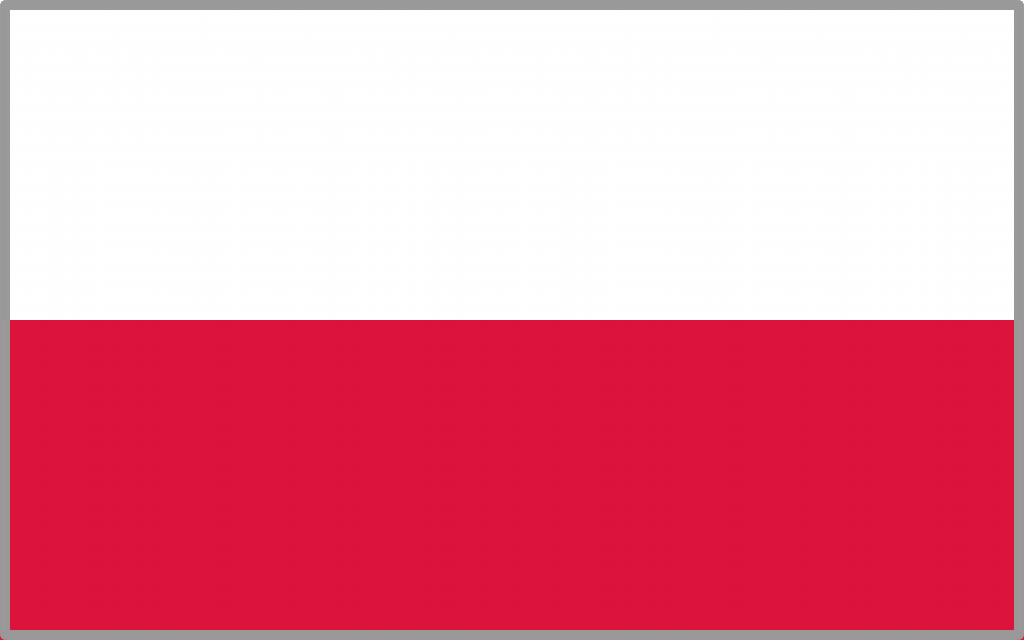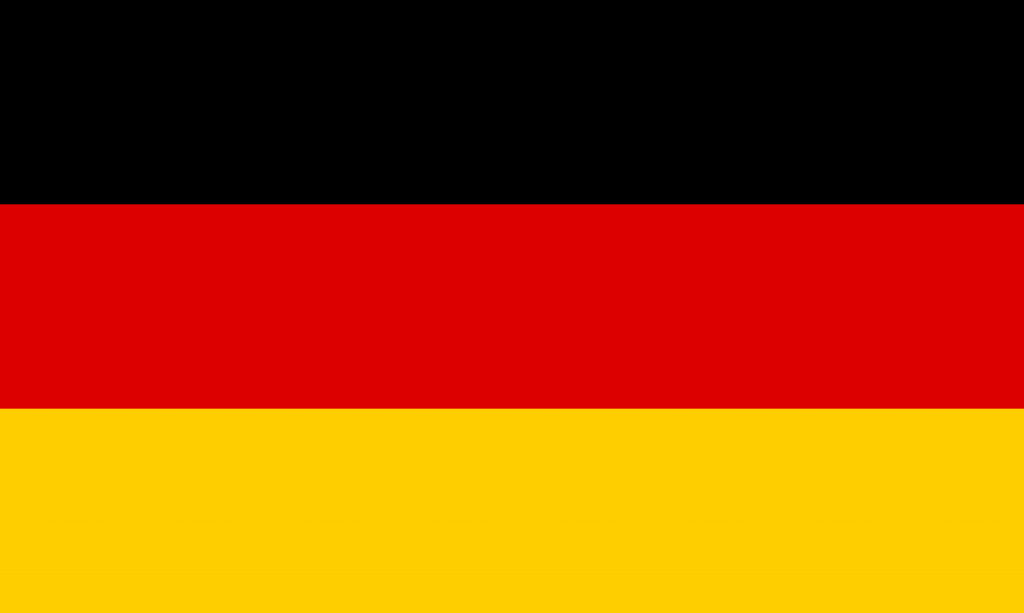Digital printing is an innovative technology that in recent years has gained great popularity among both companies and individual customers. Its advantages, such as fast turnaround, high quality and the possibility of personalization, make it an ideal solution for many industries. In an era of increasing demand for personalized printed materials and flexible production methods, digital printing has become an indispensable technique in printing. What are its biggest advantages, in what cases is it worth choosing it and what possibilities does it offer?
What is digital printing?
Digital printing is a printing technique in which the image is applied to the substrate directly from a computer file. Eliminating the need to create printing plates. Unlike traditional methods, such as offset printing, this process allows orders to be completed in a very short period of time. Also allows personalization of individual copies. Digital print uses state-of-the-art equipment that ensures precise color and detail reproduction. It is an ideal choice for projects requiring high quality and flexibility.
Key advantages
1. Short turnaround time
One of the biggest advantages of digital printing is its speed. The process does not require time-consuming preparation of printing molds. Production can begin almost immediately upon receipt of the files. This is perfect for companies that need promotional materials “right away” or need to update their printed materials quickly.
2. Cost-effectiveness for small runs
Digital printing eliminates the need to produce large runs, making it extremely economical even for single copies. In traditional offset printing, the larger the print run, the lower the unit price. In the case of digital printing, there is no such dependence. It pays to print a few copies as well as a few hundred, which gives companies a lot of freedom.
3. Possibility of personalization
Digital printing makes it possible to create personalized printouts, such as business cards with unique data, catalogs with a personalized discount code or advertising materials tailored to a specific recipient. This functionality is extremely useful in direct marketing. Each message can be tailored to a specific customer, increasing the effectiveness of an advertising campaign.
4 High quality and precision printing
Thanks to modern technologies used in digital print, prints are characterized by high quality and accurate reproduction of details. The sharpness of the image, the intensity of the colors and the precision of the details make even the most demanding projects look professional.
Digital printing in practice – where is it used?
1. Advertising and marketing industry
Advertising and marketing companies often use digital print to produce promotional materials such as flyers, catalogs, business cards and posters. The ability for quick turnaround and personalization makes this method ideal for dynamic marketing campaigns.
2. On-demand publishing and book printing
Digital printing makes it possible to produce books in small editions or even single copies. This is an excellent solution for authors publishing on a print-on-demand model, and for companies that want to print product catalogs on an as-needed basis.
3. Online stores and e-commerce
Digital printing is finding its way into e-commerce, where it is used to create labels, packaging, personalized thank-you notes for customers or discount coupons. The ability to print unique custom designs allows companies to stand out from the competition.
4. Production of office and corporate materials
Companies use it to create personalized office materials, such as letterheads, offer folders, notebooks or employee badges. Thanks to the fast production process, it is possible to adapt prints to current needs on an ongoing basis.
How has digital printing helped the brand grow?
One of our clients was an exclusive cosmetics company that needed high-quality catalogs and promotional packaging in small runs. Thanks to digital printing, we were able to offer them fast, economical and personalized solutions. The client gained the ability to update the content of their catalogs on an ongoing basis and test different packaging options without incurring high costs.
Result? The customer’s satisfaction and continued cooperation, with the company regularly ordering new promotional materials to suit changing product collections.
Summary
Digital printing is a technology that offers tremendous opportunities. From fast production of advertising materials, to print-on-demand books, to personalized designs for e-commerce. Its biggest advantages are fast turnaround time, cost-effectiveness for small runs, high quality and personalization capabilities.
If you’re looking for a modern solution that allows you the flexibility to produce printed materials at the highest quality, digital printing is the perfect choice.





